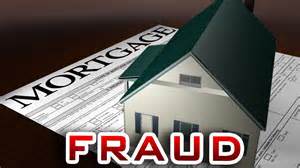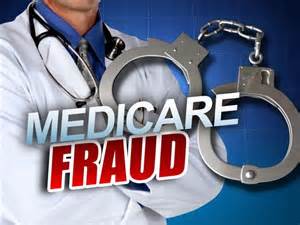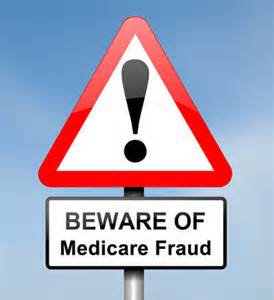What was the level of senior executive fraud and/or gross negligence involved in the housing collapse that flattened the U.S. economy in 2008 and threw the  world into recession? Although the government spent trillions bailing out the banking sector, no one seems to know. It is now clear that a number of financial institutions deceived investors and home buyers as they promoted or created subprime mortgage products that they knew were likely to end in default. In the wake of the greatest financial catastrophe since the Great Depression, no senior executives of financial institutions have been prosecuted.
world into recession? Although the government spent trillions bailing out the banking sector, no one seems to know. It is now clear that a number of financial institutions deceived investors and home buyers as they promoted or created subprime mortgage products that they knew were likely to end in default. In the wake of the greatest financial catastrophe since the Great Depression, no senior executives of financial institutions have been prosecuted.
Financial fraud allegations are being settled by the Securities and Exchange Commission and the offending institutions through agreements allowing the institution to make payment while not having to admit guilt. Citigroup recently agreed to a settlement of $285 million while not admitting to any of the allegations. The banking sector violators, too big to fail or send to jail, are getting off the hook by paying fines, repaying the government bailout and promising not to pull the same stunts again.
America’s healthcare sector is another area with problems. Medicare spends nearly $600 billion per year, Medicaid around $415 billion. With total health  spending in the U.S. running at $2.7 trillion a year and accounting for 17% of GDP, no one is sure how much is getting siphoned off. The estimated losses to the entire health system range from a low of $82 billion to a high of $272 billion. Estimates for the fraud cost and the rules and inspections needed to control it in the Medicare and Medicaid programs add up to around $98 billion, around 10% of the annual spending for Medicare and Medicaid.
spending in the U.S. running at $2.7 trillion a year and accounting for 17% of GDP, no one is sure how much is getting siphoned off. The estimated losses to the entire health system range from a low of $82 billion to a high of $272 billion. Estimates for the fraud cost and the rules and inspections needed to control it in the Medicare and Medicaid programs add up to around $98 billion, around 10% of the annual spending for Medicare and Medicaid.
The scope of medical embezzlement is quite large. Federal prosecutors had over 2,000 health related fraud investigations working at the end of 2013. Abuses have been found in billing for medical equipment never provided and home visits that never took place. Submitting phony invoices, overbilling for services and writing prescriptions for pain killers and then reselling them on the street are common. In a bust last May, 90 people including 16 doctors were hauled in. One of the doctors had fraudulently charged $24 million for equipment. In 2013, the owner of a clinic was sentenced to 30 years for phony billing.
Obamacare has forced better screening of suppliers. When a fraudulent provider is removed by Medicaid, the information is shared with Medicare. The tighter screening required under Obamacare has removed 17,000 Medicare providers  from the program. The number of bogus equipment suppliers located at empty storefronts is being reduced. Investigators are trying to control false billing by pharmacies. Elderly patients get kickbacks from the pharmacists proving them with medication. This arrangement allows the pharmacists to bill Medicare for more expensive medications.
from the program. The number of bogus equipment suppliers located at empty storefronts is being reduced. Investigators are trying to control false billing by pharmacies. Elderly patients get kickbacks from the pharmacists proving them with medication. This arrangement allows the pharmacists to bill Medicare for more expensive medications.
In 2013, government fraud trackers recovered $4.3 billion, recovering $8 for every $1 spent. The complicated rules don’t help. Medicare has about 140,000 different codes for doctors to use. Doctors complain that honest errors are often mistaken for fraud attempts. After investigators dig through the facts, some alleged fraud turns out to be nothing more than unintended errors. One of the best weapons to control fraud is the nation’s 50 million Medicare beneficiaries. Over 5,000 elderly people have joined Medicare patrols. They hold meetings to raise consumer awareness of ongoing scams. Right now, doctors are paid for everything they do, so there is a temptation to make more money by recommending extra tests and procedures. The system may have to eventually be reworked so doctors are paid more to keep people well.
alleged fraud turns out to be nothing more than unintended errors. One of the best weapons to control fraud is the nation’s 50 million Medicare beneficiaries. Over 5,000 elderly people have joined Medicare patrols. They hold meetings to raise consumer awareness of ongoing scams. Right now, doctors are paid for everything they do, so there is a temptation to make more money by recommending extra tests and procedures. The system may have to eventually be reworked so doctors are paid more to keep people well.
Discover more from Blog for Arizona
Subscribe to get the latest posts sent to your email.
